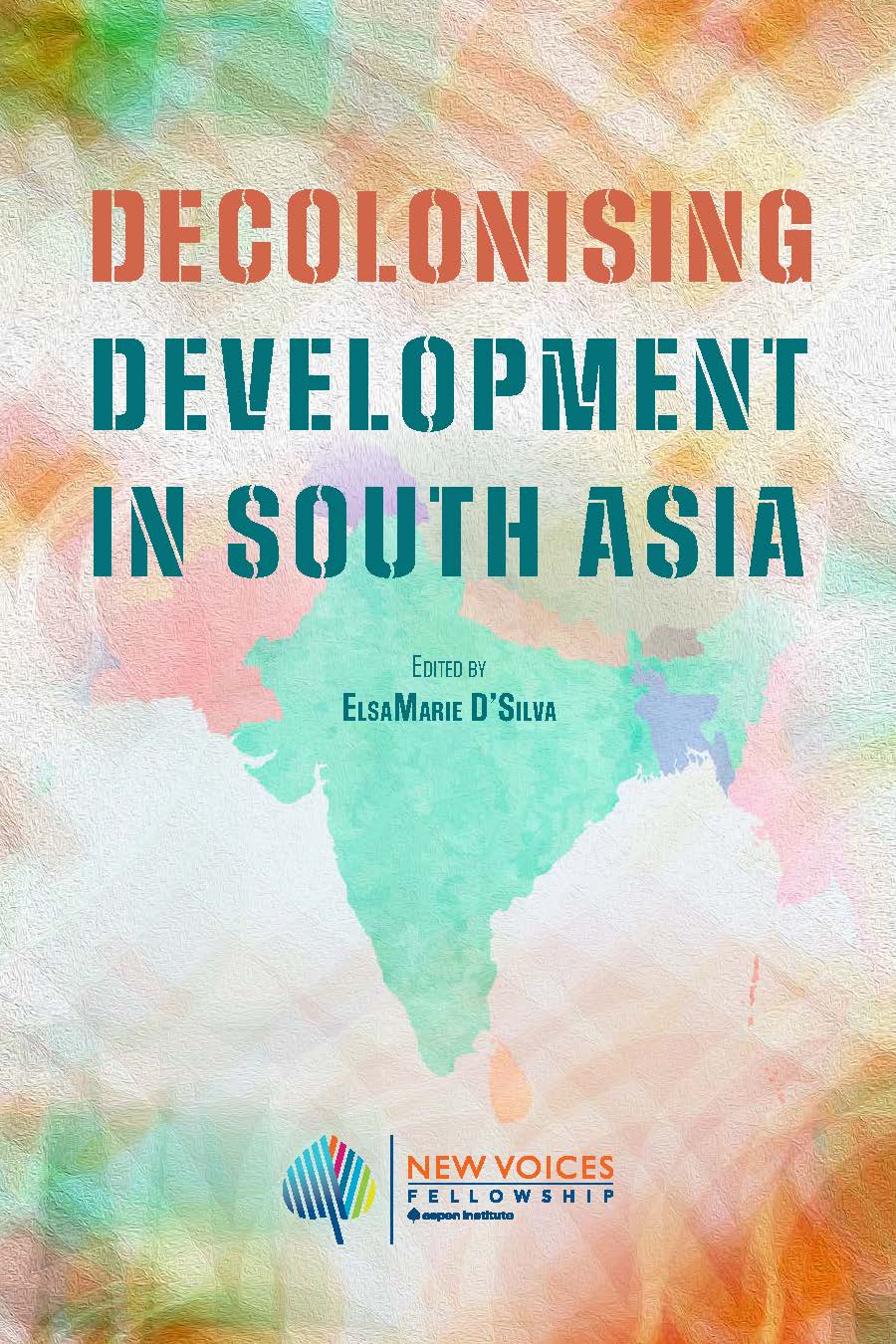Courtney Martin, the author of The New Better Off, keeps one thing in mind when her three-year-old is throwing a tantrum: The root of all tantrums is about belonging or significance. But this is easily translated to perhaps the root of much of human behavior, Martin said.
Questions of belonging – and of mattering – are at the root of the empowerment that is spread and created through artisan movements. Indeed, artisan enterprise around the world increases local incomes, preserves ancient cultures, and provides employment for hundreds of thousands of people, especially for women. At the Aspen Institute, the Alliance for Artisan Enterprise community is building a support system for artisan entrepreneurs across the globe.
“The artisan sector creates peace, it signals to women that they are significant, and it helps people find belonging in their own communities and economic sectors around the world,” said Martin.
A holistic empowerment
Building artisan capacity is one of the most holistic ways to empower vulnerable communities, said Alisa Roadcup, executive director of Heshima Kenya. Heshima, which means “dignity and respect” in Swahili, works with orphaned and unaccompanied refugee girls to provide a lifeline of support after they have been through harrowing traumas. Many development programs that Roadcup saw in East Africa were focused on one aspect of response to these traumas: education, for example, or resettlement.
But Heshima works with girls who might, for example, have fled a life of servitude in the militia in the Congo. They have a variety of different needs. The organization assesses each case in a multifaceted way. That includes educational levels, psycho-social needs, legal and medical issues, education, and child care, as many of the girls have fled with their children. One of the most crucial aspects, though, is the social enterprise component of their programs. Through a facet of their work called the Maisha Collective, young women make handbags and scarves, which are sold on Etsy. The majority of girls who are involved in this collective – about 70 percent – go on to become economically independent, a statistic well above the average. The independence and skill-building that involvement in the artisan craft sector fosters in the girls that Heshima works with are an often overlooked part of international aid systems, but this should not be the case.
“A holistic approach is fundamental: healing, recovery, and self-actualization as leaders in their own right,” said Roadcup.
Empowerment for generations
Building capacity through the economic empowerment of artisan crafts does not only holistically empower the female artisan, according to Karen Sherman, executive director of the Akilah Institute for Women. The Akilah Institute is an education-to-workforce model that helps women to access the workforce, another form of pushing for women’s access to income generation. She has found that working in crafts-based production like the artisan sector is a lifeline for vulnerable women. One of the women she worked with found solace and a way to support herself through knitting after her life was completely uprooted during the war in Bosnia. This woman went from living with her husband, children, and her parents to being forced to flee her home after her husband was taken away for hard labor. She had been kidnapped and tortured by soldiers. But she connected with Women for Women International, and decided that she would use knitting for an income – and look to the future with optimism.
“Those soldiers – I want them to see that I am still alive. They did not kill me – not my body, not my soul,” she said.
In a different country, Rwanda, a 9-year-old girl named Bridget was taking care of her three younger siblings after their parents were killed in the Rwandan genocide. After spending more than three years in a refugee camp, she was working to make clothes in order to pay rent and buy food. After joining a social enterprise started by Kate Spade, she learned to produce handbags and other brands. Since she began working there, she has opened a bank account, been promoted twice, and took out a loan to buy land and build a house.
“These two stories may seem completely different, but they’re actually the same. Both of these women survived war and genocide. Both of them picked themselves up through their own means, and were able not only to transform their lives but invest in their children and family,” said Sherman.
Building communities
Bolstering artisan networks also has powerful effects on the community, not just the individual. Enaam Barrishi, director general of the Jordan River Foundation, works in Jordan to empower women in its remote areas with knowledge, skills, and training in entrepreneurship and handicrafts production. Behind these goals is the overarching idea to enhance the socioeconomic status of the women – with the ultimate end of enhancing their families and whole communities. The Foundation does this through three components: a project focused on wool weaving, where women produce carpets and wall hangings; an embroidery collective; and a component where women use banana leaves – which typically are burned as garbage – to instead produce baskets and other items.
Jordan is under enormous infrastructural pressure due to an influx of Syrian refugees, which UNHCR estimates is registered at 650,000. Including the unregistered refugees, however, puts estimates at over 1 million. Only 20 percent of these refugees live in camps, and others are relocated to host communities, which Barrishi said can put a large amount of pressure on resources, and creates competition between Syrian and Jordanian women.
“We look at this project as a way to address this crisis so that it becomes a development opportunity – not only providing women with access to employment, but to address social cohesion. We encourage women to work together, to build skills with people of different experiences and backgrounds,” Barrishi said.
By working together to build a product, the women empower their communities – together.
Dismantling perception
Artisan work also has the power to transform the perception of refugees and vulnerable communities around the world. A new initiative through UNHCR plans to create a marketing platform and help to build the livelihood of refugees through facilitating growth in the artisan sector.
The artisan sector, along with the agricultural sector and teleworking, has been identified as a safe value chain for refugees to enter. But unlike these sectors, the artisan sector also has the ability to transform perceptions of refugee work. Looking at the handcrafted goods created by refugees helps people to change their stereotypes of how they believe refugees behave in a country. The UNHCR initiative plans to work with strategic technical partners – like social enterprises in different countries, designers, and logistic specialists – to provide seed funding and design input.
“By working and creating these products, we will be able to unite refugees themselves,” said Sasibai Kimis, with Earth Heir.
This conversation took place at the Alliance for Artisan Enterprise event “Handmade is Human.”

